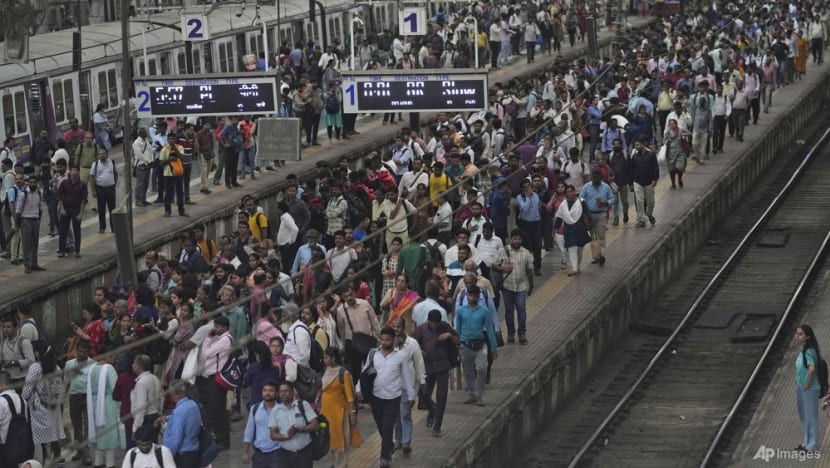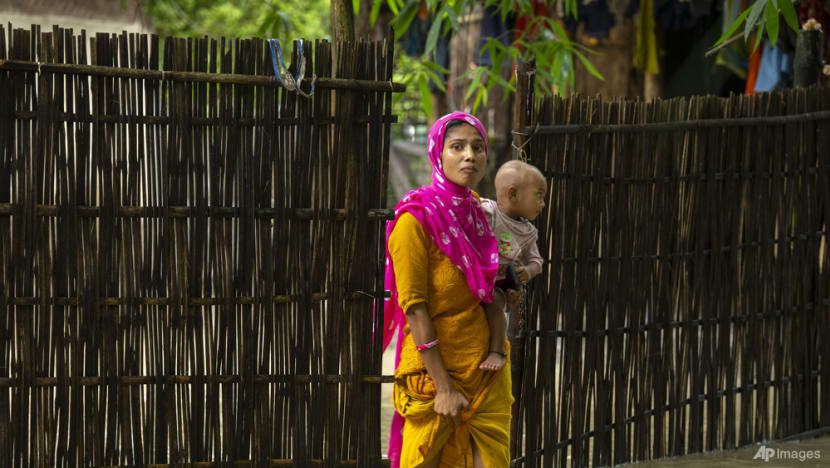India’s fertility rate faces sharp decline amid rising concern over lifestyle factors, infertility
Recent official statistics showed that the general fertility rate in India has fallen 20 per cent in 10 years, with some 30 million people affected by infertility.

MUMBAI: India may have edged out China as the world’s most populous country earlier this year, but it is facing a declining fertility rate.
Cases of lifestyle diseases are on the rise in the South Asian nation, while shifting economic and social factors have seen locals getting married later in life.
Recent official statistics showed that the general fertility rate in India has fallen 20 per cent in 10 years.
Infertility is also becoming a growing problem, doctors warned.
Some 30 million people in India are affected by infertility, according to research from healthcare firm Nova.
LIFESTYLE FACTORS
Obesity, stress, smoking and pollution are some factors contributing to the declining fertility, Dr Sulbha Arora, clinical director of Nova IVF Fertility, told CNA.
“I don't see these trends improving in the near future because the major problem here is the lifestyle factors and lifestyle doesn't seem to be improving. If anything, it's only becoming worse,” she said.
Many Indians are also trying for children later in life, as more women are going out to work compared to earlier generations, she added.

Analysts said the infertility issue does not receive as much attention as it deserves, partly because India has become the world's most populous nation this year with over 1.4 billion people.
The United Nations (UN) expects the figure to rise to over 1.6 billion by 2050, before starting to decline.
This would increasingly pose health and economic challenges, as the number of people of working age drops and India becomes an ageing society.
BRINGING UP THE BIRTH RATE
Many developed countries are already facing such an issue, which is proving hard to reverse.
To raise the birth rate, steps could also be taken to help more couples trying to conceive get access to fertility treatment, experts told CNA.

Dr Sabine Kapasi, global strategy lead of the UN’s emergency response team, said: “We can create insurance systems ... and make them easier to access so that if a person or a couple chooses to go for a fertility treatment, then it does not become economically heavy for them and does not result in a spiral down for the family.”
In-vitro fertilisation (IVF) treatment costs start from about US$1,200 in India, out of reach for many in a country where tens of millions live below the poverty line.
Even if such treatments become more accessible, there remains the challenge whereby culturally in India, great importance is placed particularly on natural fertility.
There is social stigma and misconceptions associated with IVF treatment in India, said doctors.
That has forced some couples to hide the fact that they conceived a child through IVF, even from their immediate family.















